Kerri Morgan
Instance Space Analysis for the Car Sequencing Problem
Dec 18, 2020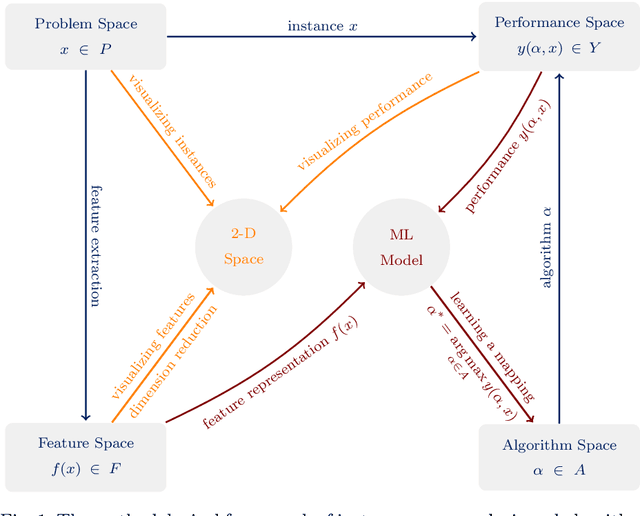

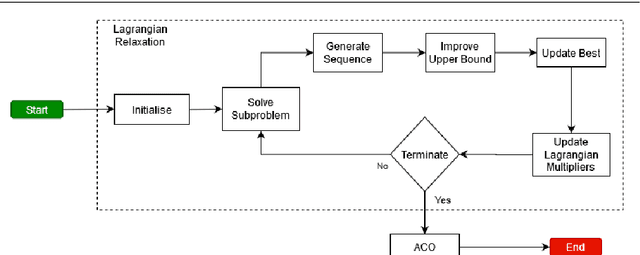

Abstract:In this paper, we investigate an important research question in the car sequencing problem, that is, what characteristics make an instance hard to solve? To do so, we carry out an Instance Space Analysis for the car sequencing problem, by extracting a vector of problem features to characterize an instance and projecting feature vectors onto a two-dimensional space using principal component analysis. The resulting two dimensional visualizations provide insights into both the characteristics of the instances used for testing and to compare how these affect different optimisation algorithms. This guides us in constructing a new set of benchmark instances with a range of instance properties. These are shown to be both more diverse than the previous benchmarks and include many hard to solve instances. We systematically compare the performance of six algorithms for solving the car sequencing problem. The methods tested include three existing algorithms from the literature and three new ones. Importantly, we build machine learning models to identify the niche in the instance space that an algorithm is expected to perform well on. Our results show that the new algorithms are state-of-the-art. This analysis helps to understand problem hardness and select an appropriate algorithm for solving a given car sequencing problem instance.
Observement as Universal Measurement
Dec 07, 2020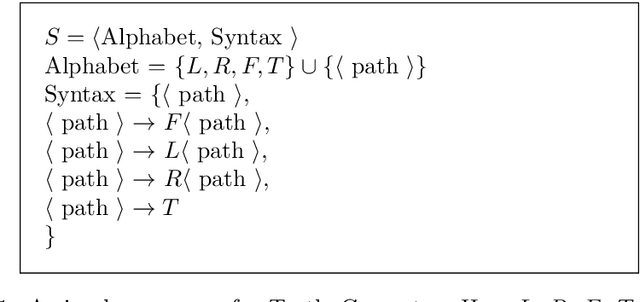
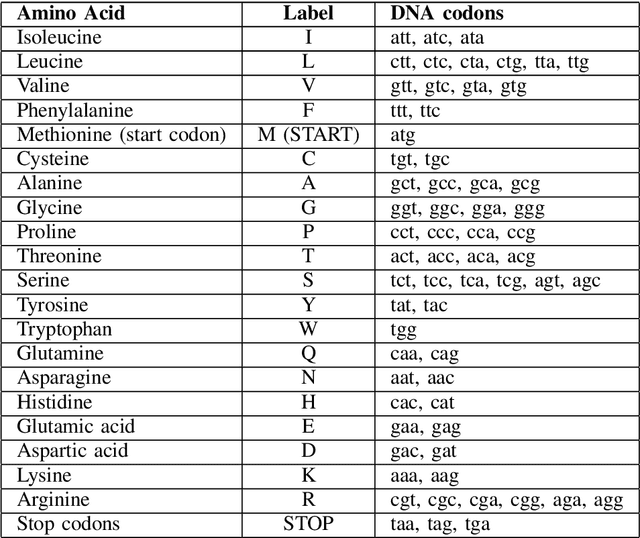
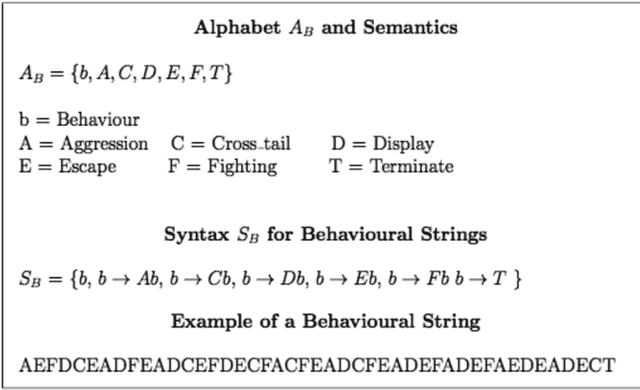

Abstract:Measurement theory is the cornerstone of science, but no equivalent theory underpins the huge volumes of non-numerical data now being generated. In this study, we show that replacing numbers with alternative mathematical models, such as strings and graphs, generalises traditional measurement to provide rigorous, formal systems (`observement') for recording and interpreting non-numerical data. Moreover, we show that these representations are already widely used and identify general classes of interpretive methodologies implicit in representations based on character strings and graphs (networks). This implies that a generalised concept of measurement has the potential to reveal new insights as well as deep connections between different fields of research.
 Add to Chrome
Add to Chrome Add to Firefox
Add to Firefox Add to Edge
Add to Edge